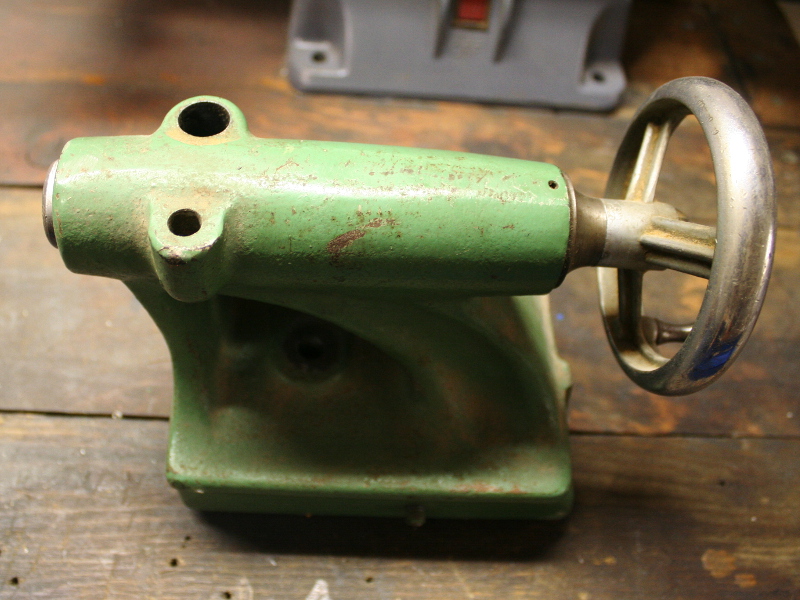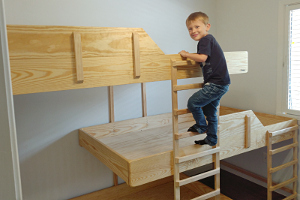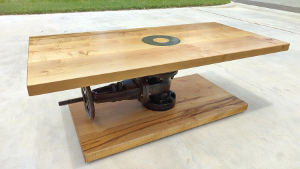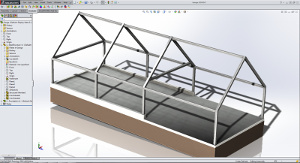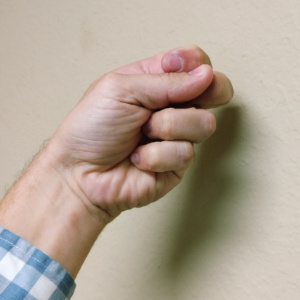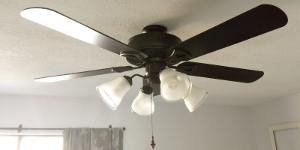Enco Lathe
Pre-2011
I was in tool collecting mode living in California and had my eye on ebay, the nearest craigslist, the local paper, etc.. Anyway, this little 9x20 Enco lathe popped up at an outstanding price (like $200) so even though it was a smaller more hobby grade machine than the kind of stuff I was looking out for I just couldn't let it slip by.
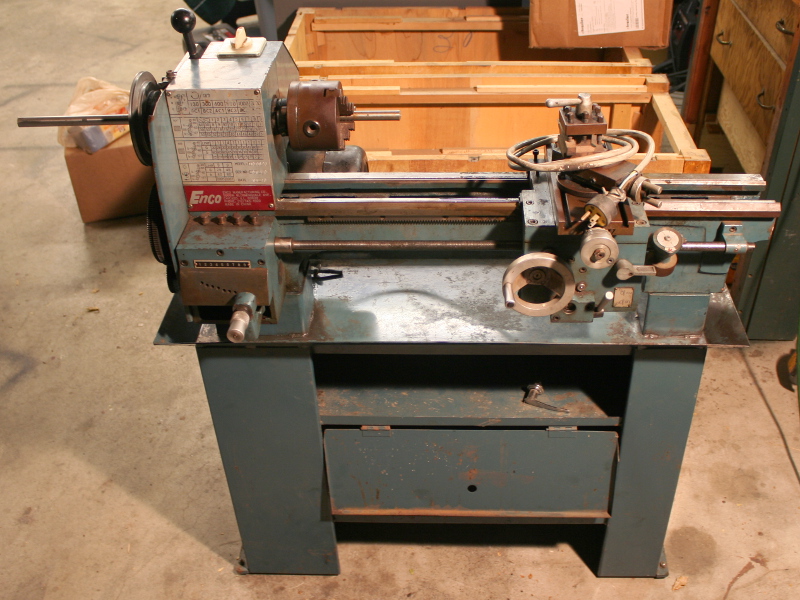
It was a little dirty and rusty plus missing the tailstock but appeared to be in pretty decent shape otherwise. Nothing that a little cleaning up couldn't fix!
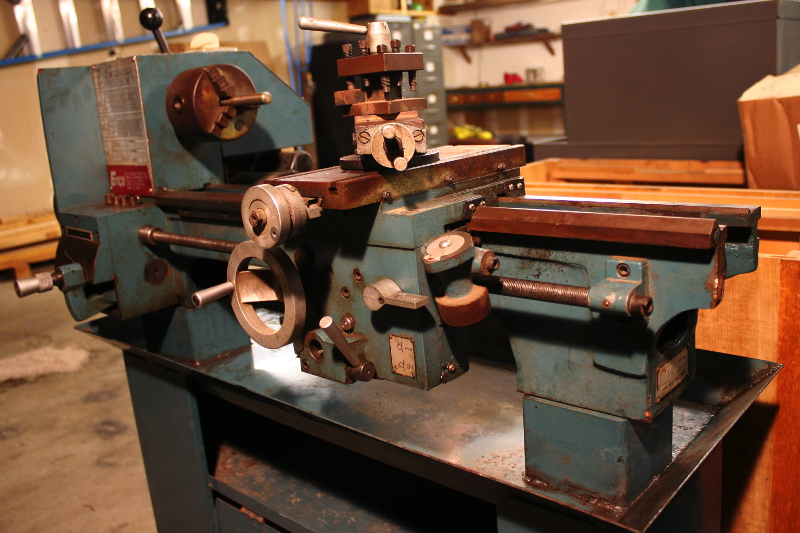
So as I often do with machines that come into my possession I started taking everything apart for a cleaning and inspection. The parts pile begins.
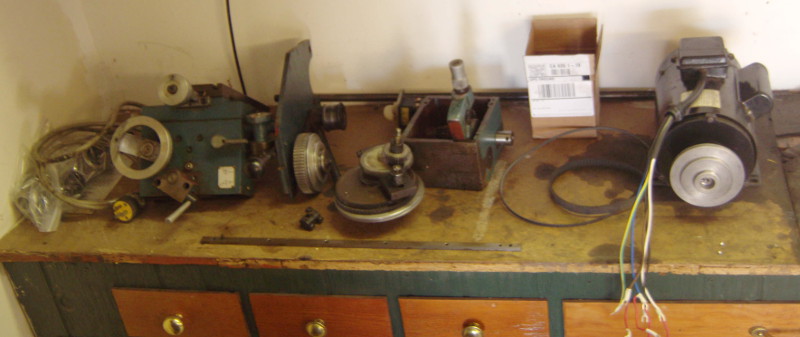
I will often take pictures of assemblies while I am tearing things down so I have something to reference when I put it back together (maybe a few months later) and make sure I get everything back together the way I found it. This is the back side of the carriage, notice the cast zinc leadscrew and lack of any means of lubrication. This is a machine built to a price and not meant for real working usage.
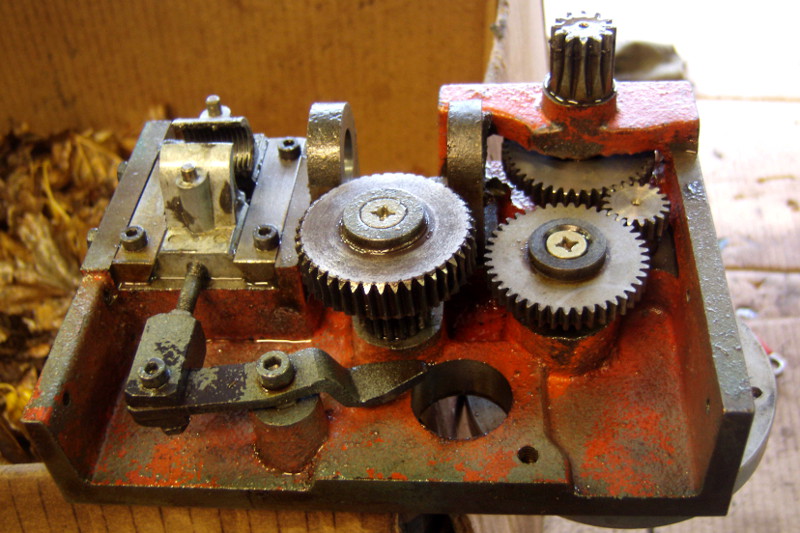
There was an interesting feature on the cross slide though which I really didn't anticipate finding. There is hand scraping! Apparently they either cared for the appearance enough or labor was cheap enough where / when this was manufactured that it was worth scrapping these surfaces instead of just grinding them and letting them go out the door as is.
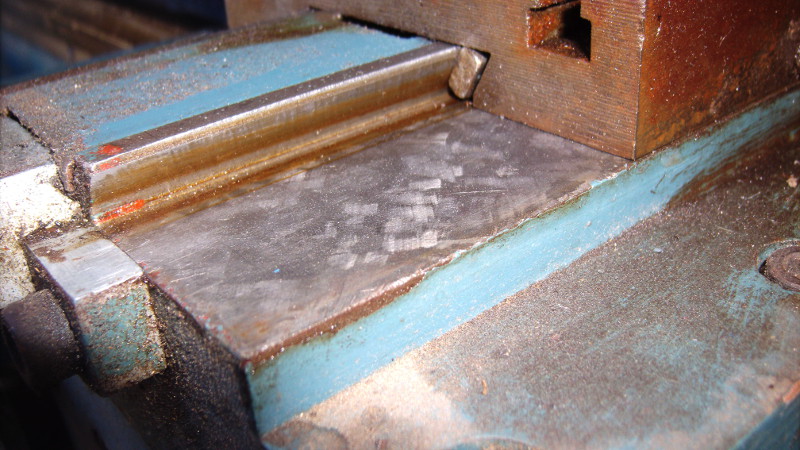
The bed wasn't scraped though, just as-ground ways. A simple casting without any fancy pattern work. I think I will leave the headstock in place on the bed while I clean and paint. No real need to take it off and only possible trouble trying to get things aligned again later.
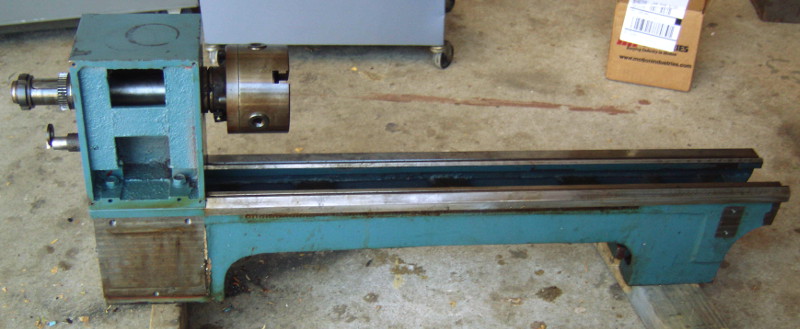
Everything is taken apart, now to start cleaning each piece and putting it all back together. First up, the chuck which cleaned up nicely. Cheap thing but not abused and easy to pretty up.
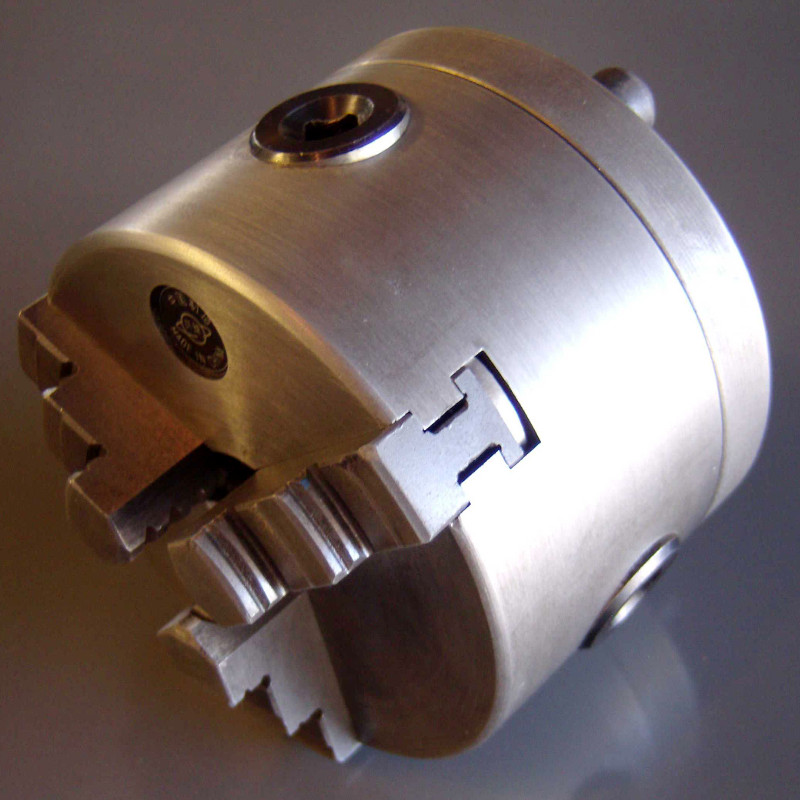
Keep on cleaning those parts. I just go out in the garage for an hour or two in the evening and sit on my shop sofa (a converted car bench seat with wheels) while wire brushing and cleaning with whatever solvent is appropriate for the mess at hand. After things are cleaned they get a spritz of oil and put to rest in the completed box to await re-assembly.
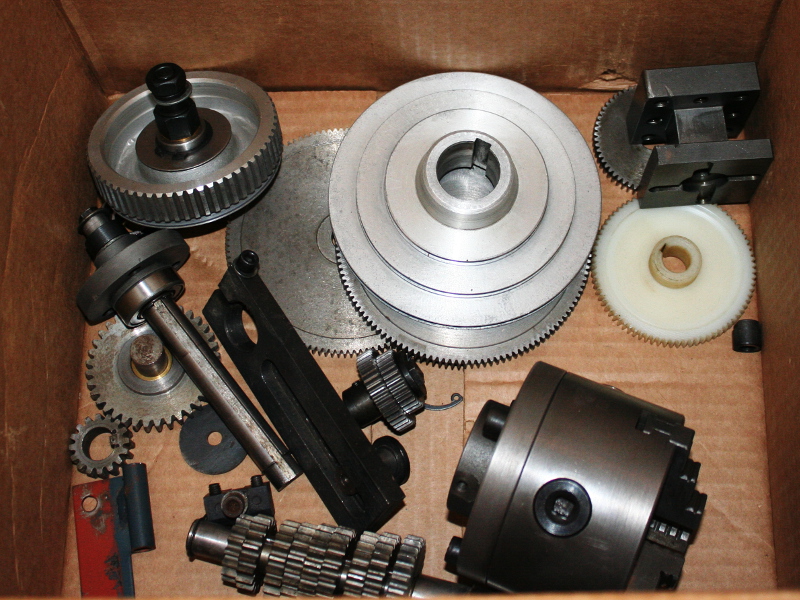
The paint wasn't in great condition so I decided to strip everything that would come off easily and give it all a coat of regal blue.
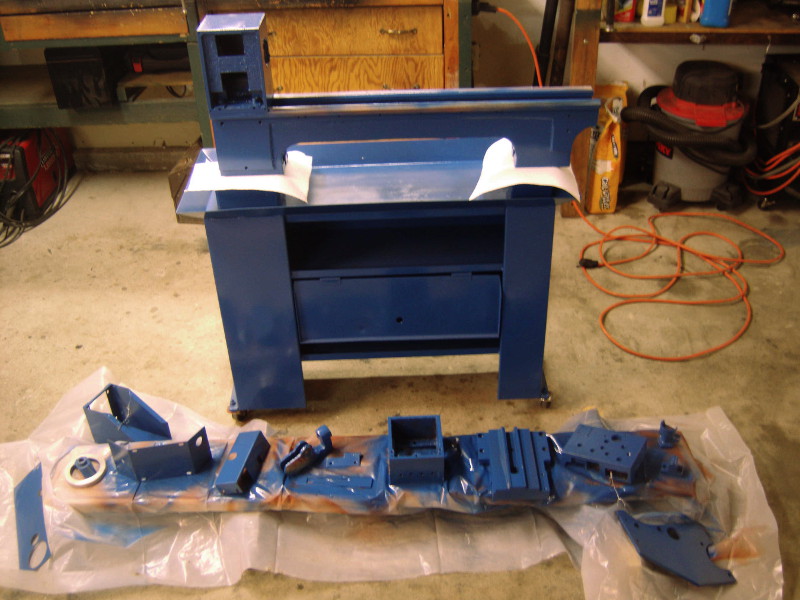
Now the most important part of most machines is the spindle. This one felt pretty good before I took it out but the grease didn't look so hot. Also, a tell that this machine is not a nice accurate one made for a production environment. The bearings are not marked in any way to indicate installation alignment so it doesn't matter, they didn't measure and don't know what orientation is best. That makes it easy to put back together. First a thorough cleaning, from this point on cleanliness is critical.
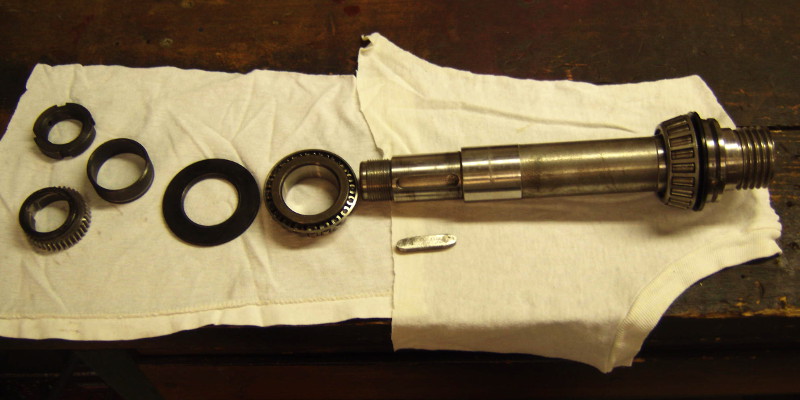
To make instillation of the rear bearing easier after I packed it with grease I popped it in the toaster oven at low heat to expand it a little and make it easier to slide onto the spindle. It is important when doing this to not get the grease temperature up too high and damage it.
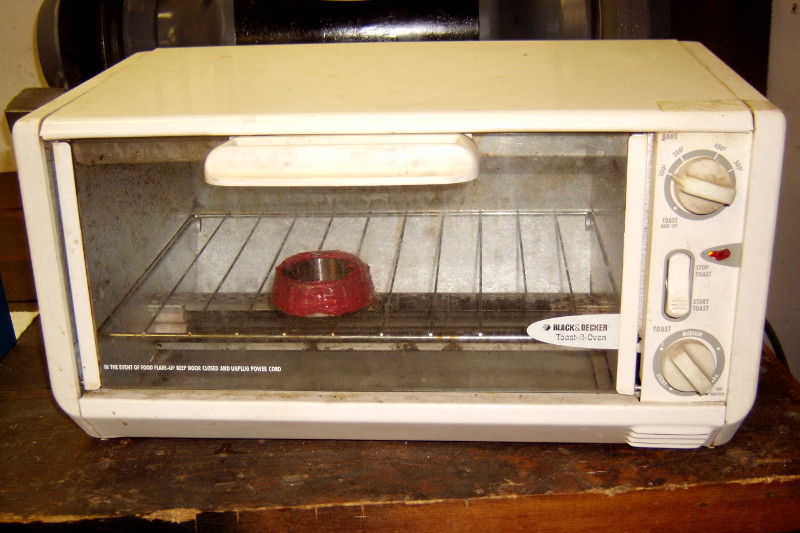
That picture of apron guts helped get everything back together. The quality of castings and usage of zinc is still there but it looks nice now.
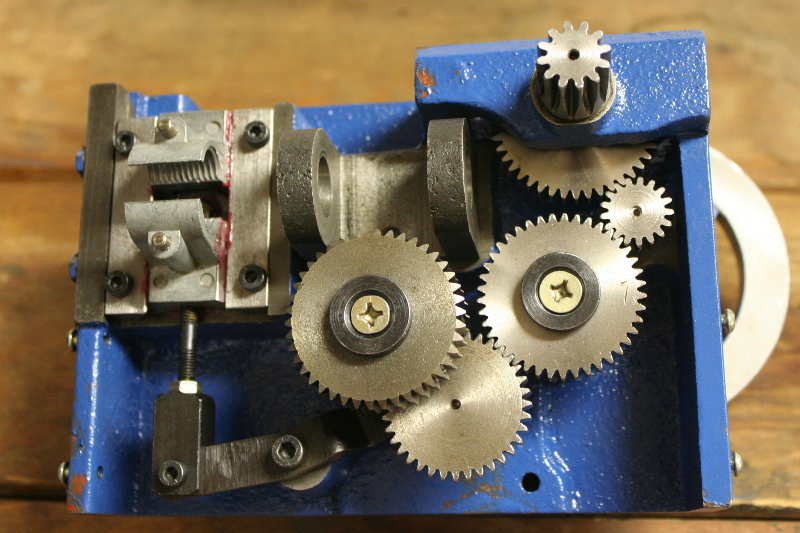
And a picture from the front. Nothing was amiss here except the rack wheel is missing a handle. I'll make one of those later, maybe even use this machine to do it!
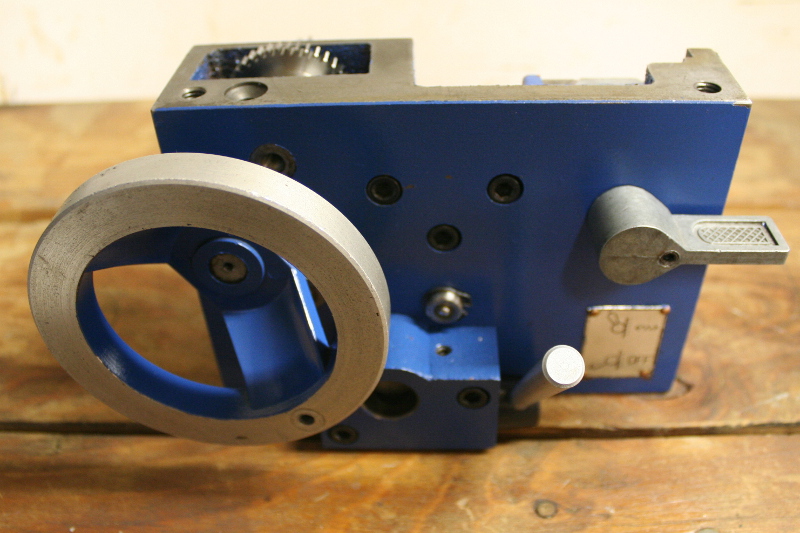
The underside of the quick change gear box. Like the rest of the machine, nothing fancy and only 9 feeds to choose from (many real working lathes have 3-4 times that over all) but still nice to have given that my first machine (the logan) has loose gearing instead of a quick change.
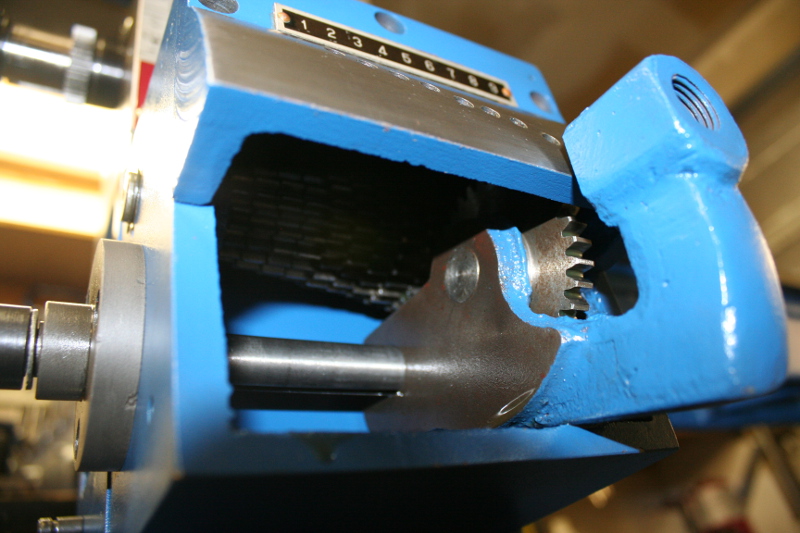
Spindle is installed and the lathe is mounted back on the stand, looking pretty sharp.
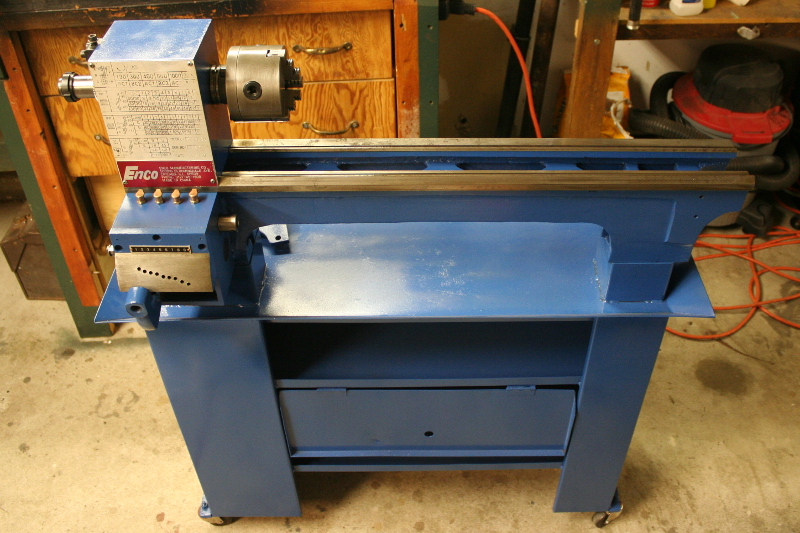
Now unfortunately I didn't get any pictures of this but there was one little bit of damage to the machine that ended up being problematic. The 4-way toolpost had a buggered up hole that was stripped out. I really wanted it to be complete though so I welded the hole up and drilled it out to tap again just as if it wasn't ever stripped. Well after I drilled it out I realized it wasn't a tap size I had on hand. Now I know that hardware store taps aren't good but I only needed to do one hole and really wanted to get it finished without waiting around. So I ran over to the True Value and bought one of their Vermont hand taps. I figured they would have something better than the Home Depot did. Anyway, I was wrong. I started tapping that hole by hand and felt things go south. I didn't keep going and break the tap off but it still wasn't pretty. This is what it looked like:
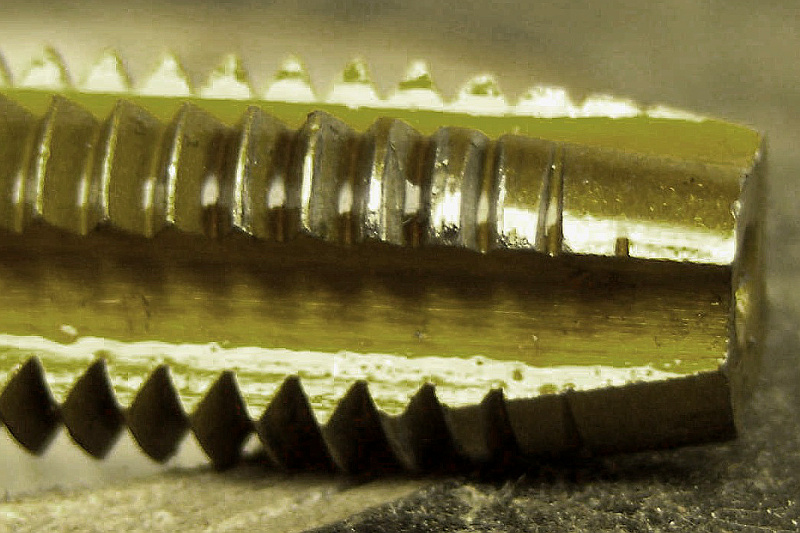
Well, that was a clear indication that I had to do what I should have done in the first place. Order a real tap and wait for it to come in. So I got a spiral point OSG and when it came in I threaded that hole in no time at all. For more about taps check out one of my few "how" pages. Or don't bother and just look at the difference in the OSG tap after I finished that hole, looks like it just came out of the box.
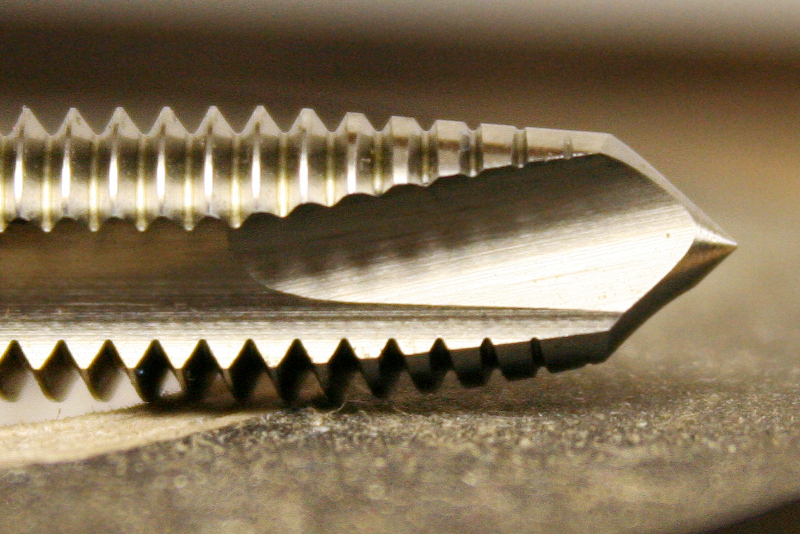
Things are really starting to come together. I have almost everything put together now. Like I thought at first glance this lathe didn't need much work. A cleaning and paint job isn't a rebuild.
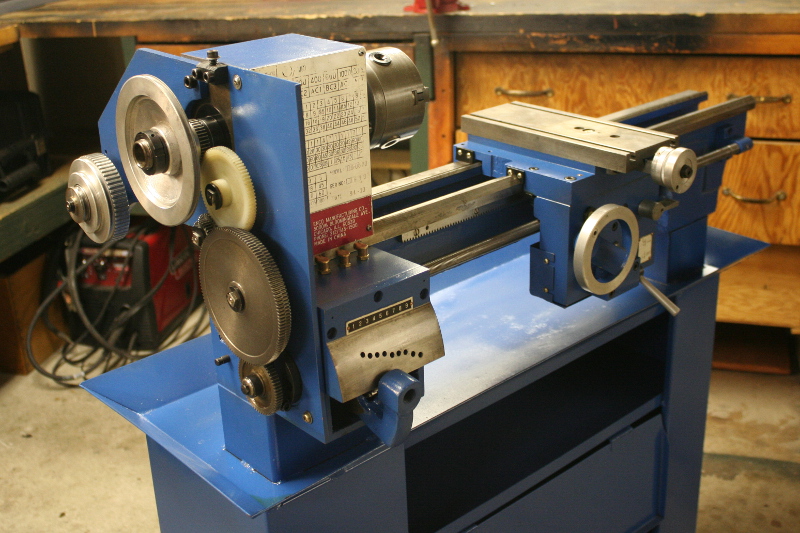
And here it is all finished. I turned new handles where they were missing, replaced a few screws and fixed the toolpost but that was pretty much it. Unfortunately it just isn't that good of a machine.

Here is the biggest reason that it isn't a good machine. My first lathe the 10x24 Logan is behind it. That was a small shop machine as well back in it's day instead of a real metal muncher but you can see that it is much bigger and heavier than the Enco even though the are nominally very similar in size 9" swing x 20" between centers vs 10" swing x 24" between centers. The Logan ways are significantly wider and the whole machine weighs a little more than 3 times as much as the Enco. There also aren't any cast zinc parts or plastic gears.

Since I already had the Logan and they are pretty similar in size I didn't need to keep the Enco and put it up for sale. Just like I thought it sold pretty quick (I think ~$800) even though I actually hadn't finished it yet. There was one thing that was sorely lacking, a tailstock. I purchased a random one from an unknown machine that was close in size but didn't get around to making a base and fitting it to the lathe before selling it. I gave it to the buyer in case they wanted to complete it but somehow I doubt it ever got done.
